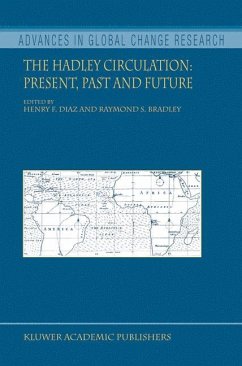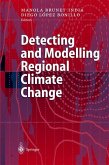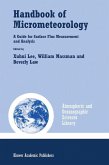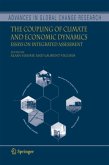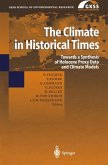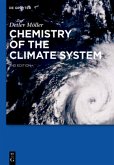Climate dynamicists generally characterize the Hadley circulation in terms of some derived meteorological parameters, such as the mass stream function (the nondivergent part of the flow) or the velocity potential (the divergent circulation), both of which are based on measurements of the three-dimensional wind field. Yet, we know very little about how such in- ces have varied in the past-beyond the most recent decades. Paleocli- tologists are unable to reconstruct such indices, so long-term reconstructions of the Hadley circulation must be based on indirect characteristics that can be in some way plausibly linked to the dynamics of the system. Rec- structed quantities, such as precipitation amount, position and strength of the trade winds, and the location of the Intertropical Convergence Zone (ITCZ), have all been derived from different types of paleoclimatic (proxy) data, and could be potentially useful in understanding key aspects of past variability in the Hadley system. While these studies all provide an important perspective on changes that have taken place within the Hadley circulation, there has been little - fort to tie individual studies together, to obtain a more comprehensive p- spective on the overall variability of the system. With this in mind, a thr- day meeting was held at the International Pacific Research Center, Ho- lulu, Hawaii, in November 2002. This was the first time that climatologists, paleoclimatologists, and modelers had met with the specific goal of exam- ing this important part of the climate system.
From the reviews:
"This book aims to address the nature and causes of variation in the Hadley circulation ... . The great strength of this book lies in the combination of its three parts. It succeeds in combining 17 contributions from authoritative climatologists, palaeoclimatologists and modellers into a coherent volume. ... Overall, this is a superb book, which should be on all university bookshelves. It will be of value to researchers and students over a broad range of climate-related disciplines." (Gerard van der Schrier, The Holocene, Vol. 16 (4), 2006)
"This book aims to address the nature and causes of variation in the Hadley circulation ... . The great strength of this book lies in the combination of its three parts. It succeeds in combining 17 contributions from authoritative climatologists, palaeoclimatologists and modellers into a coherent volume. ... Overall, this is a superb book, which should be on all university bookshelves. It will be of value to researchers and students over a broad range of climate-related disciplines." (Gerard van der Schrier, The Holocene, Vol. 16 (4), 2006)

